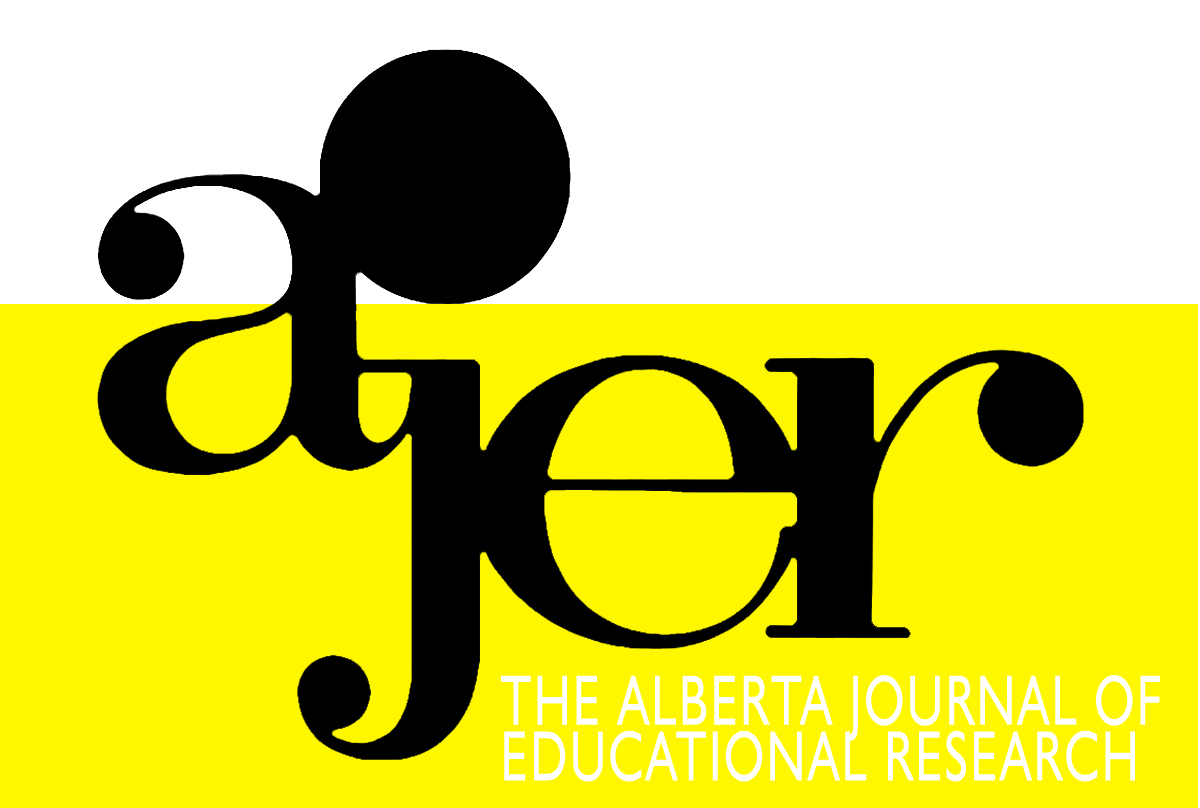Effects of Robotic Coding Supported Design-Based Science Instruction on Students’ Science Process Skills
DOI:
https://doi.org/10.55016/ojs/ajer.v68i3.73120Abstract
This study aimed to investigate the effects of robotic coding supported Design-Based Science Instruction (RC-DBSI) on sixth-grade students’ science process skills. One-group pretest-posttest experimental design was employed in the study. Participants consisted of thirty-nine sixth-grade students enrolled in a public middle school located in the eastern part of Turkey. The implementation phase lasted for five weeks during which a Force and Motion unit was being taught. The engineering design process, including the steps of determining the problem, researching possible solutions, determining the most suitable solution, making the prototype, and testing the prototype (Wendell et al., 2010), was followed in the study. Robotic coding activities were incorporated into the “researching possible solutions” step of DBSI. Twin Science Kit was distributed to the participants, and they engaged in robotic coding activities via this kit. Students completed Science Process Skills Test as a pretest and posttest. Paired samples t-test results demonstrated that being exposed to RC-DBSI improved the students’ science process skills. Based on the study's findings, some suggestions were presented for science teachers and teacher education programs.
Keywords: Design-Based Science Instruction, robotic coding, science process skills, science education, middle school
Cette étude avait pour but d'examiner les effets de l'enseignement des sciences basé sur la conception et soutenu par le codage robotique (RC-DBSI) sur les compétences en matière de processus scientifique des élèves de sixième année. L'étude a utilisé un modèle expérimental prétest/posttest avec un groupe. Trente-neuf élèves de sixième année inscrits dans une école publique située dans la partie orientale de la Turquie ont participé à l’étude. La phase de mise en œuvre a duré cinq semaines au cours desquelles une unité portant sur la force et mouvement a été enseignée. L’étude a suivi le processus de conception technique, qui comprend les étapes de détermination du problème, de recherche des solutions possibles, de détermination de la solution la plus appropriée, de fabrication du prototype et de test du prototype (Wendell et al., 2010). Les activités de codage robotique ont été intégrées à l'étape "recherche de solutions possibles" de l'enseignement des sciences basé sur la conception. L’ensemble de Twin Science a été distribué aux participants, qui se sont livrés à des activités de codage robotique avec cet ensemble. Les élèves ont passé un test sur les compétences en matière de processus scientifique en tant que prétest et posttest. Les résultats du test t pour échantillons appariés ont démontré que l'exposition à la RC-DBSI a amélioré les compétences des élèves en matière de processus scientifique. Sur la base des résultats de l'étude, certaines suggestions ont été présentées aux professeurs de sciences et aux programmes de formation des enseignants.
Mots clés : Design-Based Science Instruction, codage robotique, compétences en matière de processus scientifique, enseignement des sciences, école secondaire
Downloads
Downloads
Published
How to Cite
Issue
Section
License
UNIVERSITY OF ALBERTA COPYRIGHT LICENSE AND PUBLICATION AGREEMENT
If accepted, authors will be asked to sign a copyright agreement with the following points:
A. Where there is any inconsistency between this Copyright License and Publication Agreement and any other document or agreement in relation to the same subject matter, the terms of this Agreement shall govern.
B. This document sets out the rights you are granting in relation to publication of your article, book review, or research note entitled (the “Article”) through inclusion in the academic journal titled Alberta Journal of Educational Research (the “Journal”) published through the Faculty of Education, representing the Governors of the University of Alberta (the “Journal Editor”).
C. There will be no payment to you for this publication and grant of rights. In consideration of the agreement to publish the Article in the Journal:
1. You are warranting that:
- the content of the Article is your original work, and its content does not contain any material infringing the copyright of others; or, where the Article is not entirely your original work, you have obtained all necessary permissions in writing to grant the rights you are giving in this agreement;
- the content of the Article does not contain any material that is defamatory of, or violates the privacy rights of, or discloses the confidential information of, any other person;
- the Article has not been published elsewhere in whole or in part, and you will not allow publication of the Article elsewhere without the consent of the Journal Editor;
- the names of all co-authors and contributors to the Article are:
2. You agree to license the copyright in the Article to the Journal Editor, on a worldwide, perpetual, royalty free basis; and to the extent required by the terms of this agreement. You shall retain the right at all times to be acknowledged as the/an author of the Article.
3. You further agree that the Journal Editor has the entitlement to deal with the Article as the Journal Editor sees fit, and including in the following manner;
- The right to print, publish, market, communicate and distribute the Article and the Journal, in this and any subsequent editions, in all media (including electronic media), in all languages, and in all territories, ing the full term of copyright, and including any form of the Article separated from the Journal, such as in a database, abstract, offprint, translation or otherwise, and to authorize third parties to do so;
- The right to register copyright of the Journal;
- The right to edit the Article, to conform to editorial policy as the Journal Editor sees fit.
4. If any co-author or contributor to the Article does not sign this agreement, the Journal Editor reserves the right to refuse to publish the Article.



